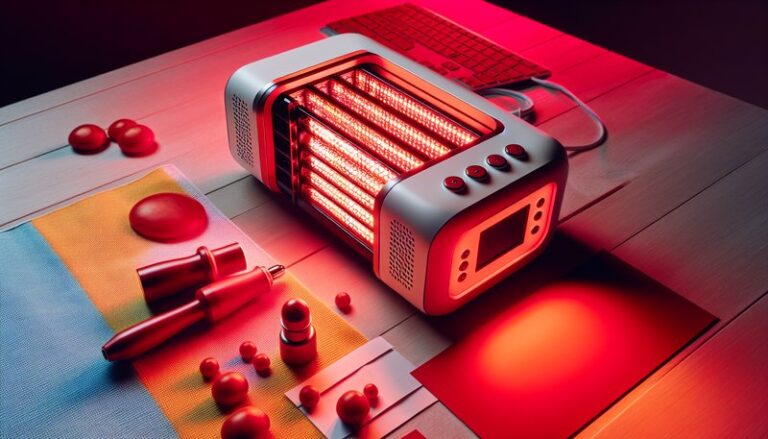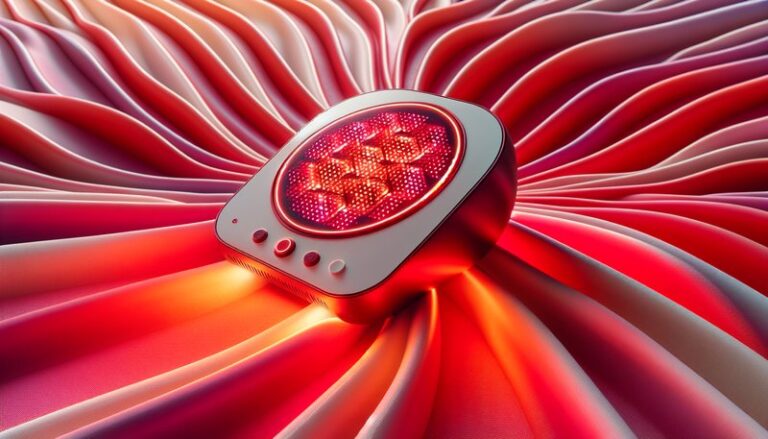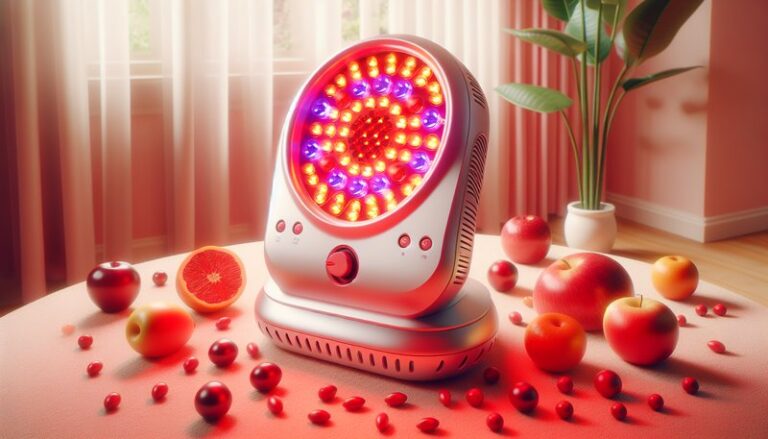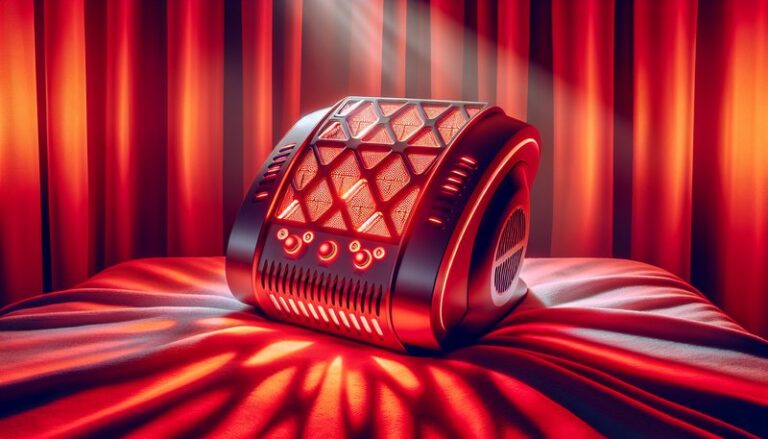How Many Red Light Therapy Sessions Do You Need?
How Many Red Light Therapy Sessions Do You Need?
Are you contemplating incorporating red light therapy into your wellness routine?
This article will guide you through the essentials of red light therapy, including optimal session duration, frequency, and how many treatments you might need to experience real benefits. Additionally, we’ll explore the advantages of this therapy, considerations to keep in mind, alternatives, and common questions about the treatment.
Key Takeaways
- Red light therapy typically requires multiple sessions for optimal results, varying based on individual goals.
- Regular treatment can significantly benefit skin health, muscle recovery, and pain reduction.
- Consultation with a professional can help tailor a red light therapy plan to your specific needs.
What is Red Light Therapy?
Red light therapy (RLT) is a non-invasive treatment that uses low wavelengths of red light to stimulate cellular processes. It penetrates the skin to promote healing and rejuvenation, making it increasingly popular in various health and beauty applications.
This therapy can be beneficial for skin conditions, such as acne or wrinkles, and is also used in physical recovery and pain relief. The mechanism behind RLT involves the absorption of light energy by cells, which boosts mitochondrial function and encourages increased collagen production, enhanced circulation, and improved cellular metabolism.
What are the Benefits of Red Light Therapy?
Red light therapy offers numerous advantages, from aesthetic enhancements to therapeutic applications.
Enhanced Skin Health
Regular exposure to red light has been shown to improve skin texture and firmness. It helps reduce fine lines, wrinkles, and scars through increased collagen synthesis, making it a favored choice for skin rejuvenation.
Pain Relief and Muscle Recovery
RLT can alleviate pain and inflammation, making it beneficial for athletes and individuals with chronic pain conditions. By improving blood flow and reducing oxidative stress, it can enhance recovery time after workouts and injuries.
Improved Mood and Sleep Quality
Emerging studies suggest that red light therapy may aid in improving sleep quality and boosting mood. The therapy promotes the production of melatonin, a critical hormone for regulating sleep cycles, providing an alternative solution for those struggling with insomnia.
Accelerated Wound Healing
RLT has been shown to enhance wound healing by stimulating tissue repair and regeneration. This makes it a valuable option for individuals recovering from surgeries or injuries.
Additional Benefits
- Encouragement of hair growth for those suffering from hair thinning.
- Reduction of acne lesions and improvement in skin clarity.
- Support for joint health by reducing symptoms of arthritis.
Is it Possible to Determine the Exact Number of Sessions Needed?
Determining the exact number of red light therapy sessions required can be challenging as it depends on various factors, including individual health goals, the severity of the condition being treated, and the specific device used.
What are the Advantages of Personalizing Your Treatment Plan?
Tailoring a treatment plan offers several benefits.
Customization to Individual Needs
Working with a healthcare professional allows you to create a personalized schedule based on your unique health status and treatment goals, whether enhancing skin appearance or managing pain.
Read the extensive guide Can Red Light Therapy Cause Hyperpigmentation?
Progress Tracking
Regular sessions facilitated by a professional can enhance progress tracking. You can adjust the frequency and duration of sessions according to your body’s response to therapy.
Education on Methodology
Receiving guidance from a trained provider ensures you understand how to use red light devices correctly and maximize their effectiveness.
What are the Things to Consider Before Starting Red Light Therapy?
Before beginning red light therapy, understanding a few vital considerations can help you make the most out of your experience.
Check out the details in Is Red Light Therapy Effective for Skin Cancer?
Consultation with a Health Professional
Evaluating your health conditions with a healthcare provider can prevent complications and recommend the best protocols tailored to your needs.
Treatment Goals
Clearly defining your treatment goals will guide the frequency and duration of sessions necessary to achieve desired outcomes, be it for beauty enhancement or pain management.
Device Quality and Type
The type of red light device used can influence results. Consider investing in higher-quality devices, whether for home use or at a clinic, as they typically offer better wavelengths and intensity.
Duration of Each Session
Typically, sessions can last from 10 to 30 minutes. Understanding how long to stay under the light can prevent overexposure and contribute to achieving optimal results.
What are the Alternatives to Red Light Therapy?
While red light therapy has proven benefits, several alternatives exist for the treatments it aims to address.
Blue Light Therapy
Primarily used for acne treatment, blue light therapy targets bacteria on the skin, providing an effective alternative for acne-prone individuals.
Laser Therapy
Similar to red light therapy, laser therapy utilizes focused light but at higher intensities and specific wavelengths, often used for more advanced skin rejuvenation or medical treatments.
Ultraviolet (UV) Therapy
Utilized mainly for skin conditions like psoriasis, UV therapy can also promote Vitamin D production, although it carries skin damage risks if not managed properly.
Topical Treatments
Certain creams and serums can offer localized skin benefits without the need for light therapy, making them accessible alternatives for individuals interested in rejuvenating skincare options.
Conclusion: Is it Recommended to Pursue Red Light Therapy Sessions?
In conclusion, engaging in red light therapy can be beneficial for various health and aesthetic purposes. While the optimal number of sessions varies, many individuals find noticeable improvements after several treatments. Consulting with a professional about your specific needs and monitoring progress is essential to achieve the best results safely.
Frequently Asked Questions
How often should I get red light therapy?
The recommended frequency often ranges from 2 to 5 times per week initially, tapering to maintain results after several sessions, contingent on individual goals.
Are there any side effects associated with red light therapy?
Generally, red light therapy is considered safe, with minor side effects such as temporary redness or mild irritation often being the only concerns. It’s essential to adhere to guidelines regarding session length and device usage.
Can I do red light therapy at home?
Yes, many individuals opt for home devices for convenience; however, the quality and type of device can significantly influence results, so choose wisely.
How long does it take to see results from red light therapy?
Results can vary, but many users report improvements within a few sessions, while some may take several weeks to reach noticeable outcomes.
Is red light therapy suitable for everyone?
While red light therapy is generally safe, individuals with certain medical conditions or those on specific medications should consult with their healthcare provider before starting treatment.





